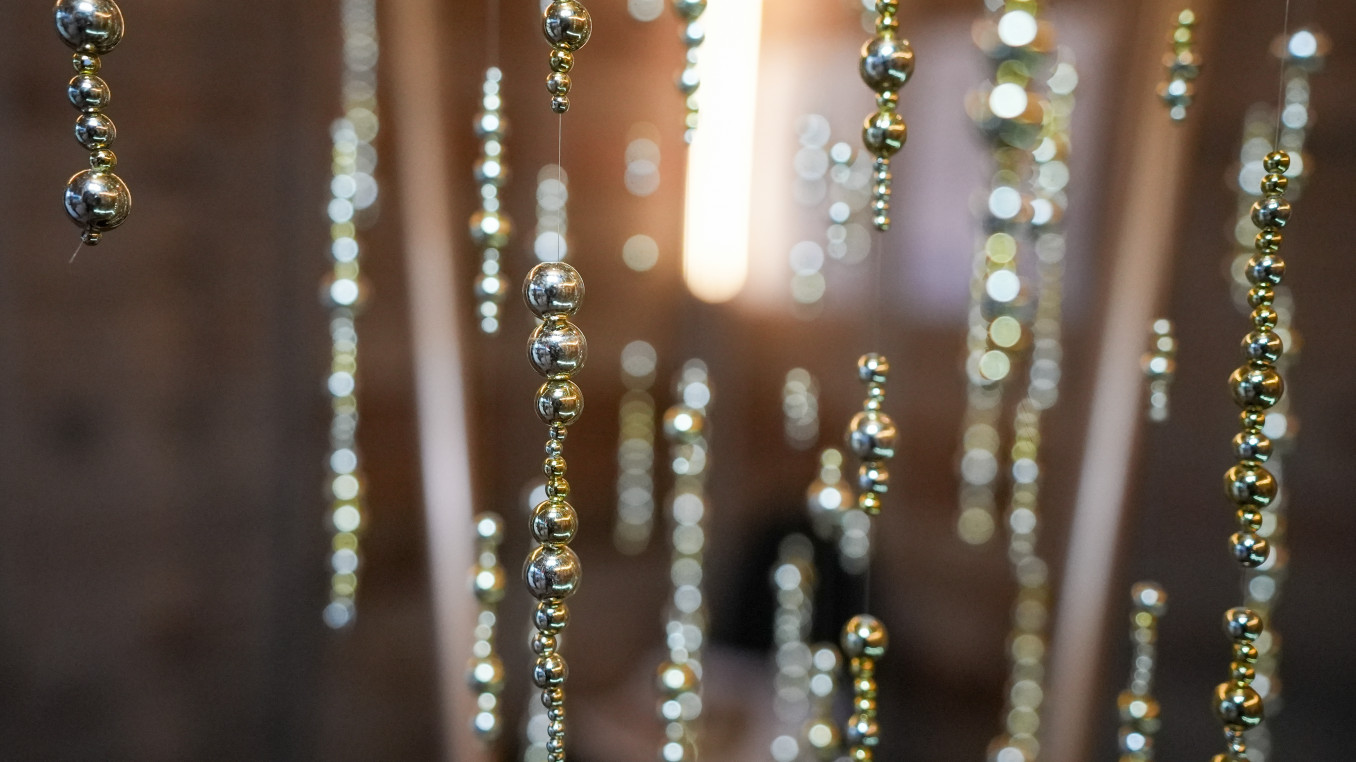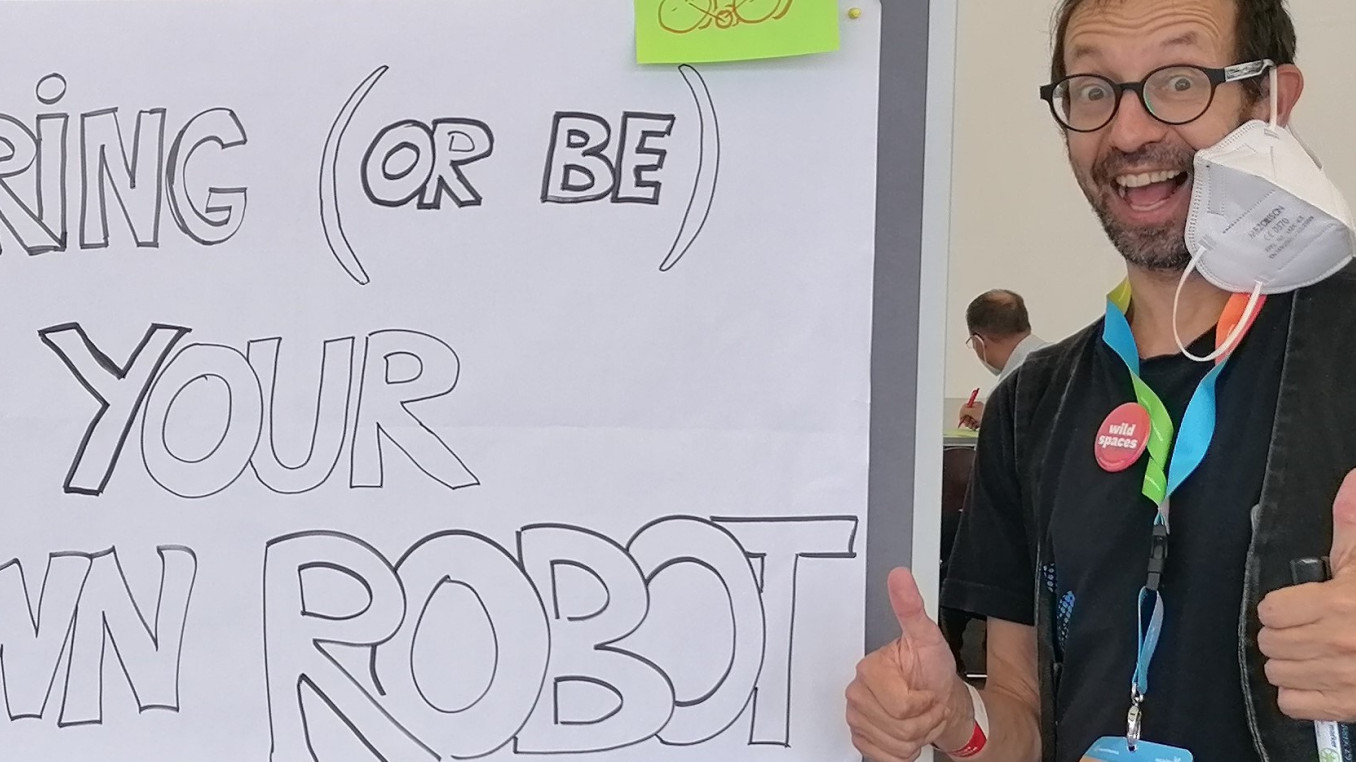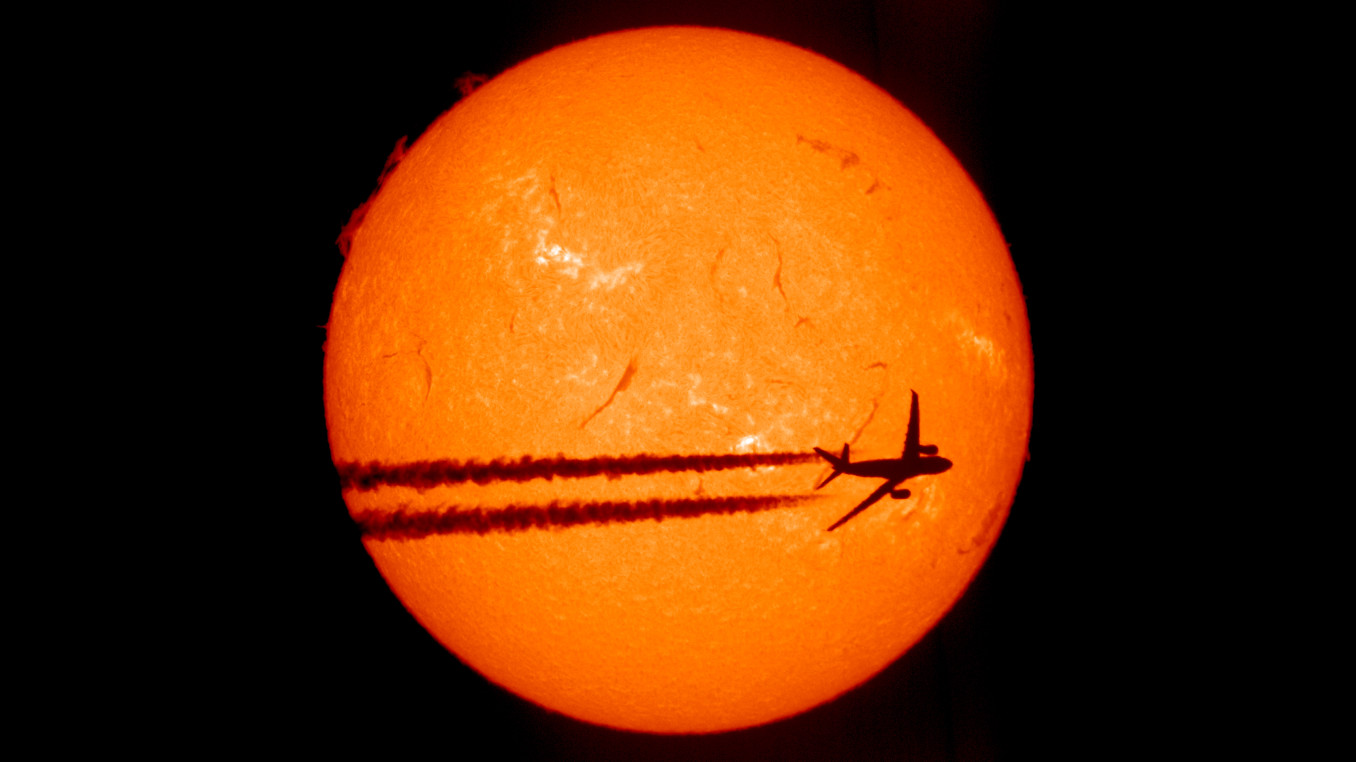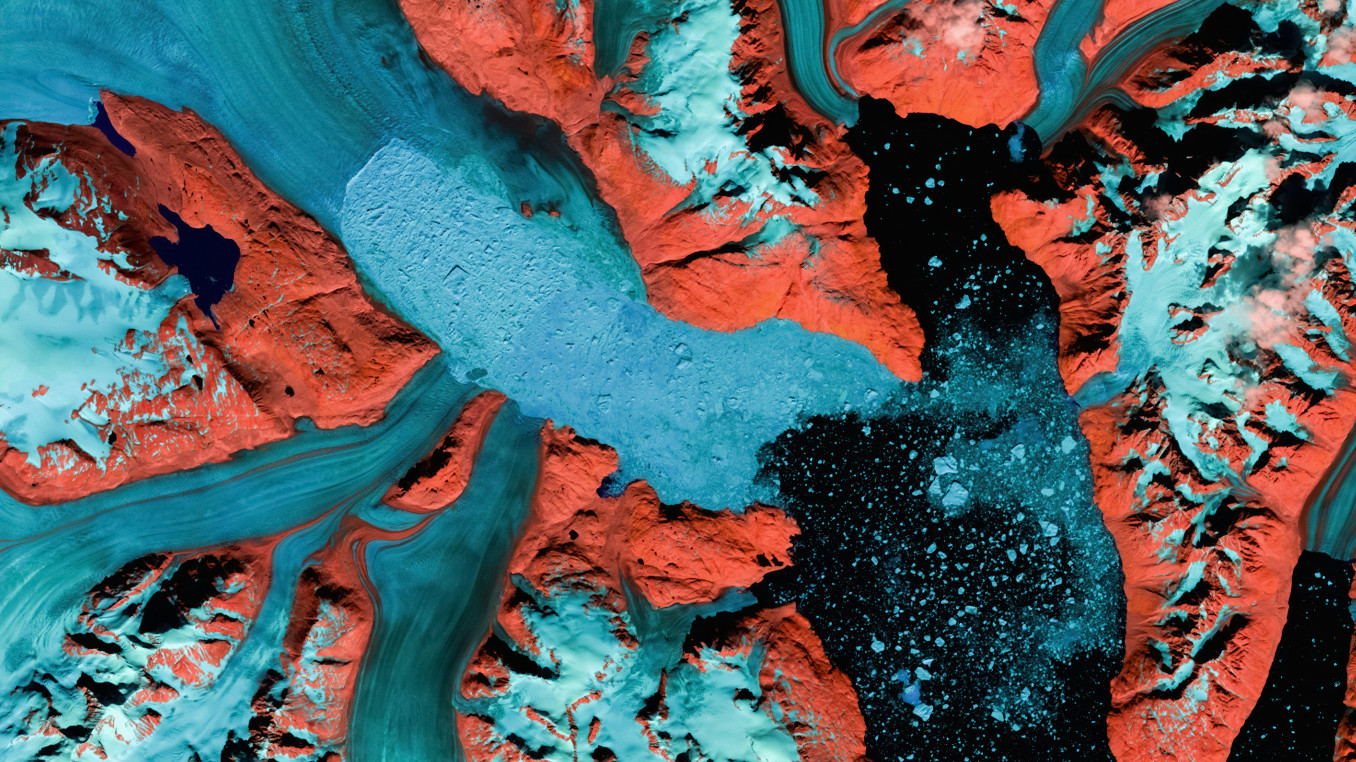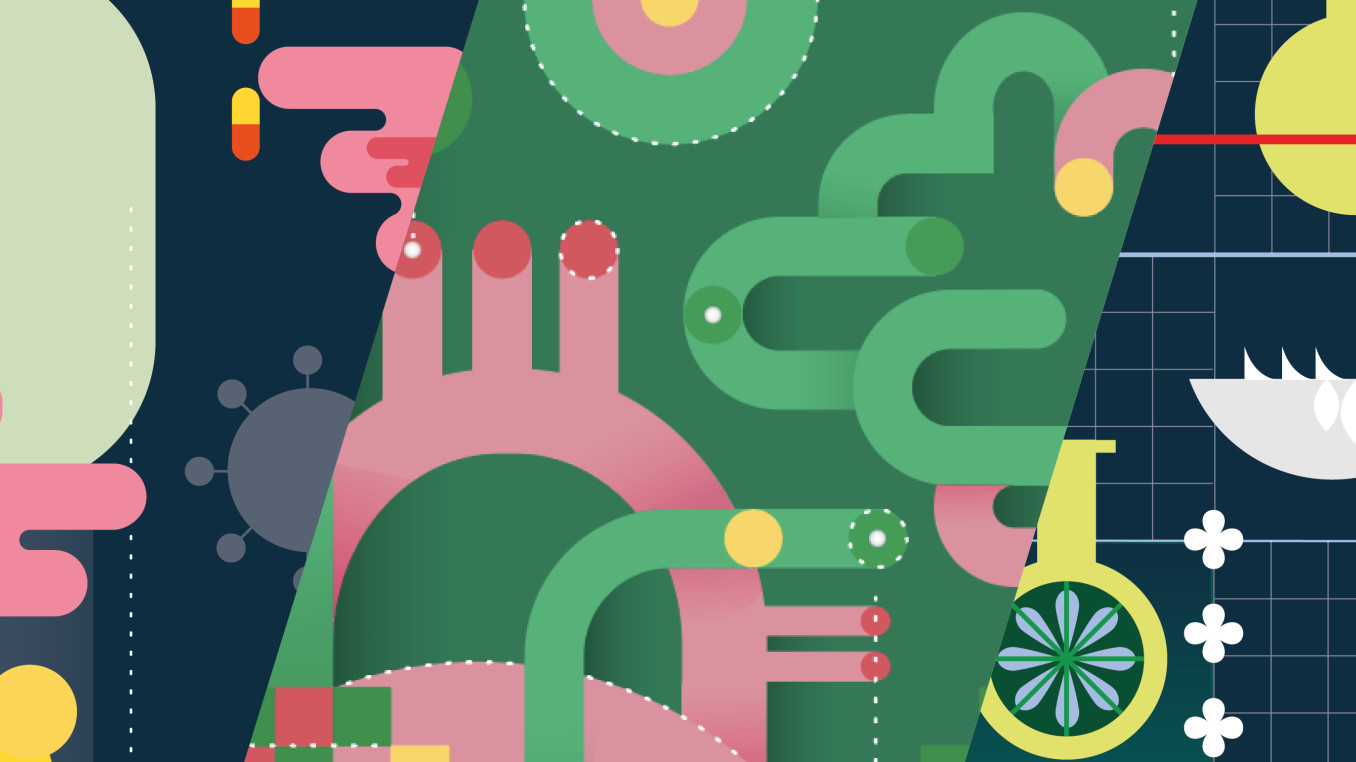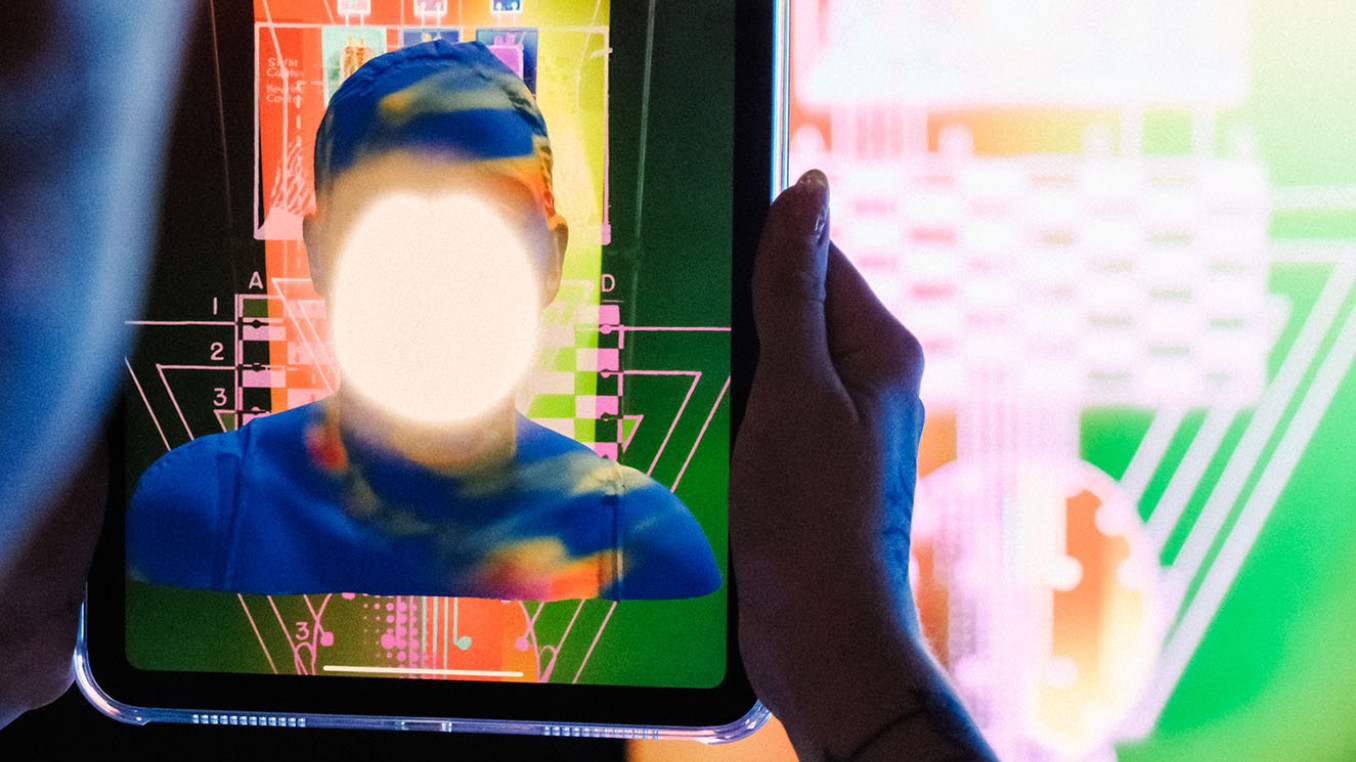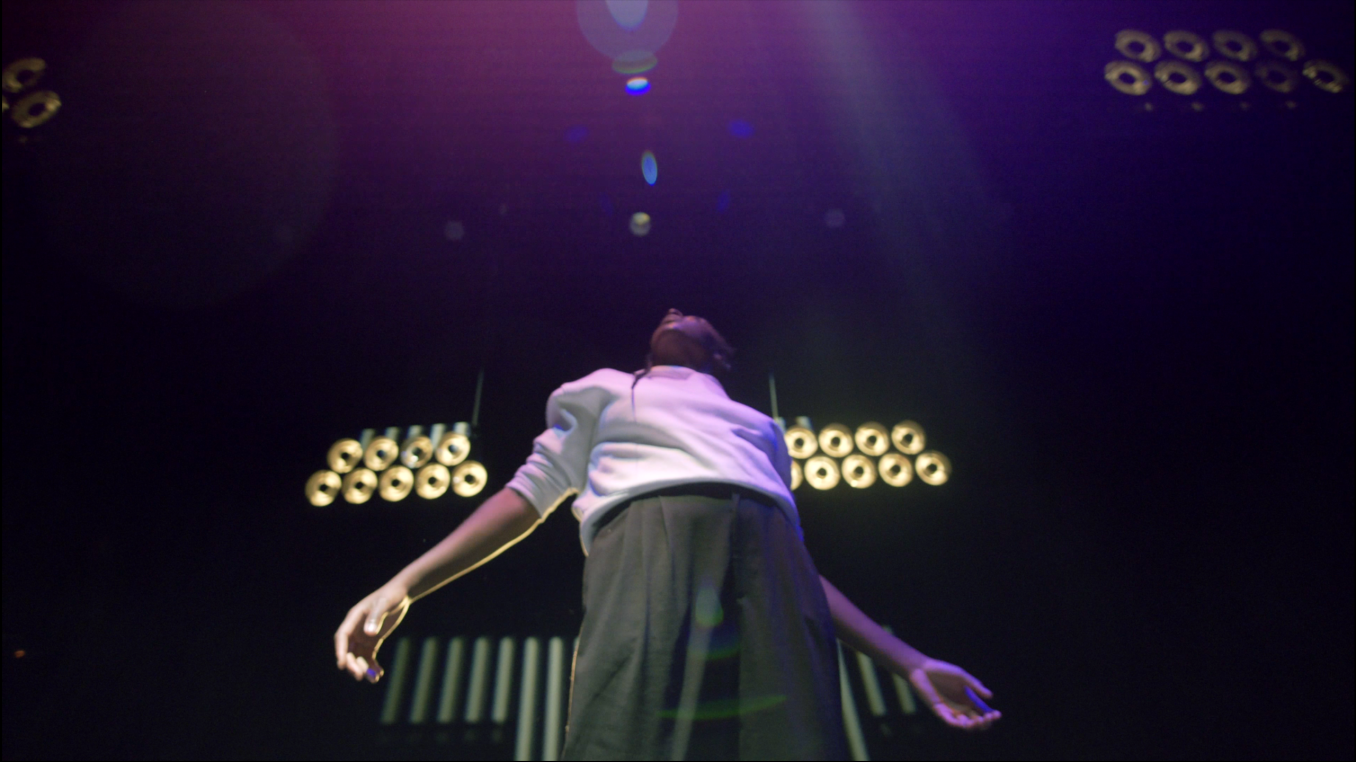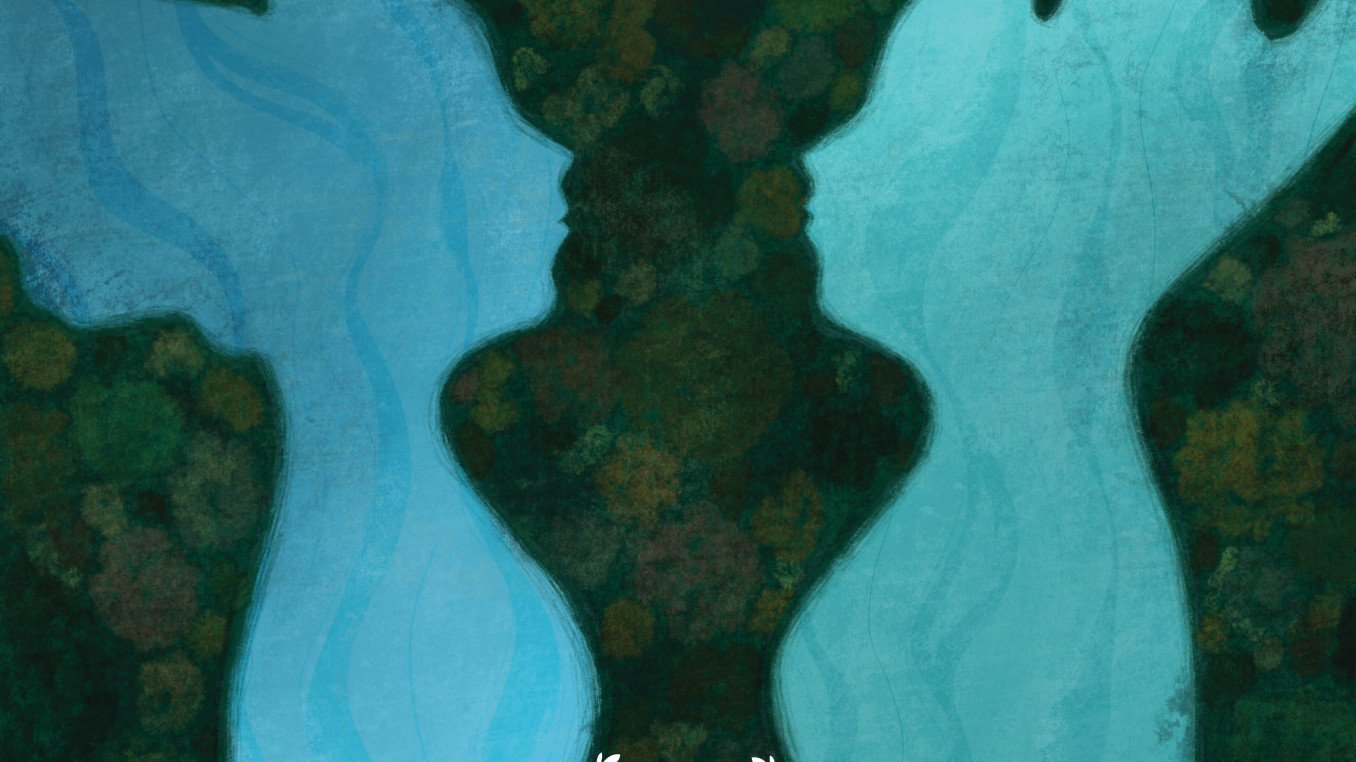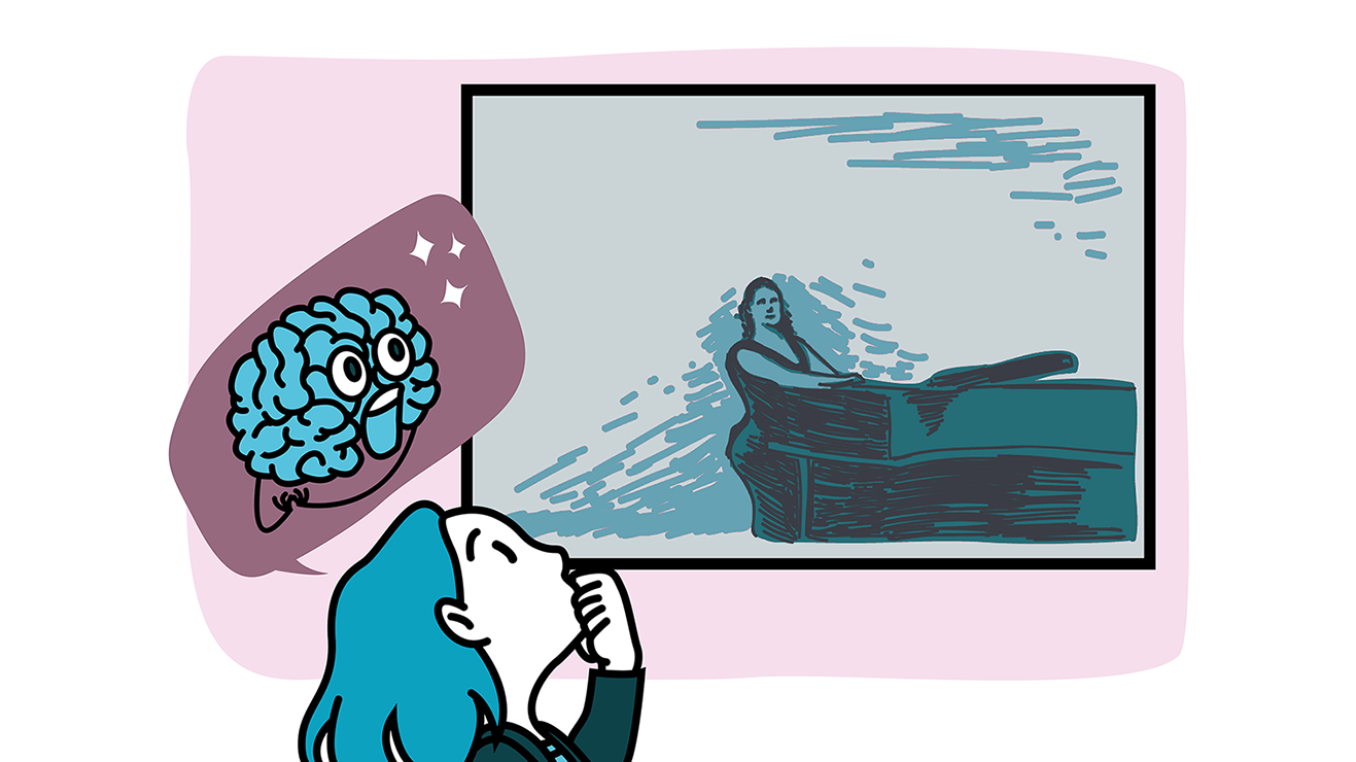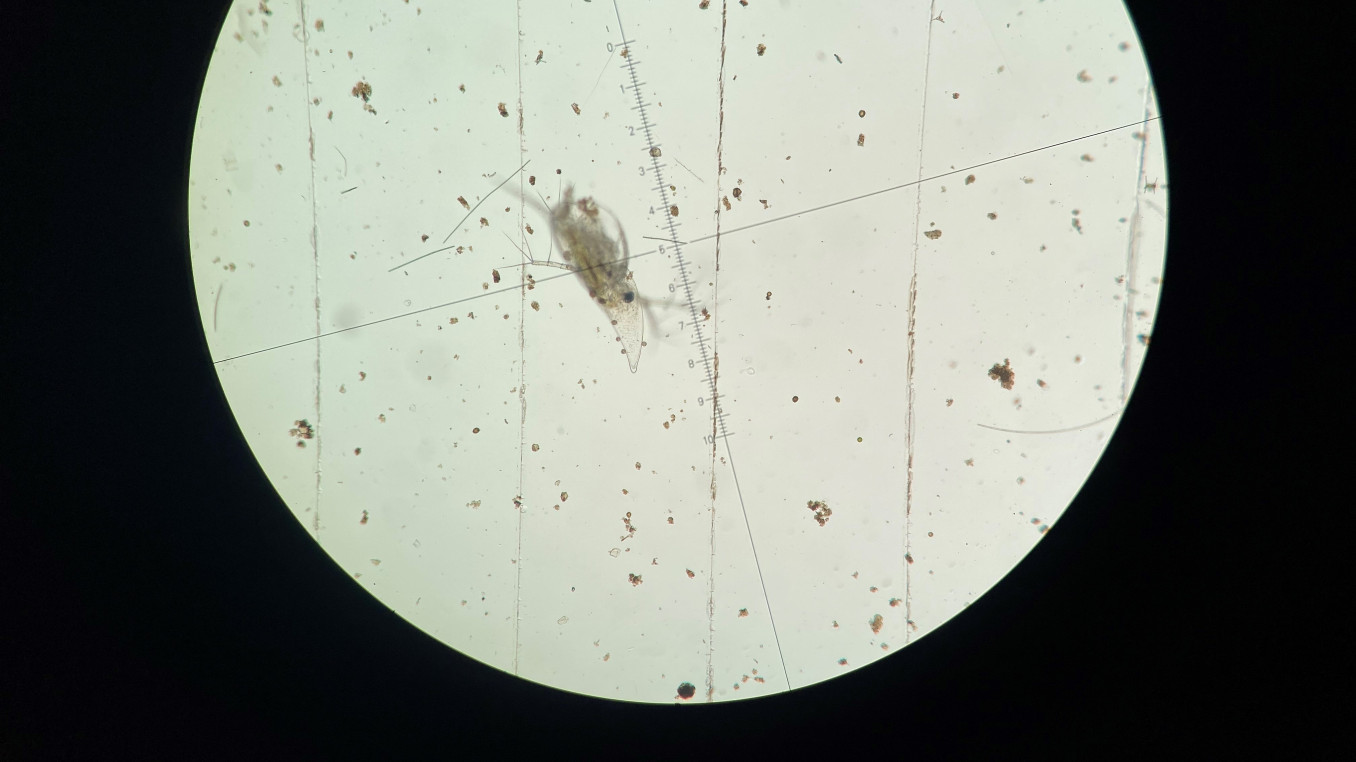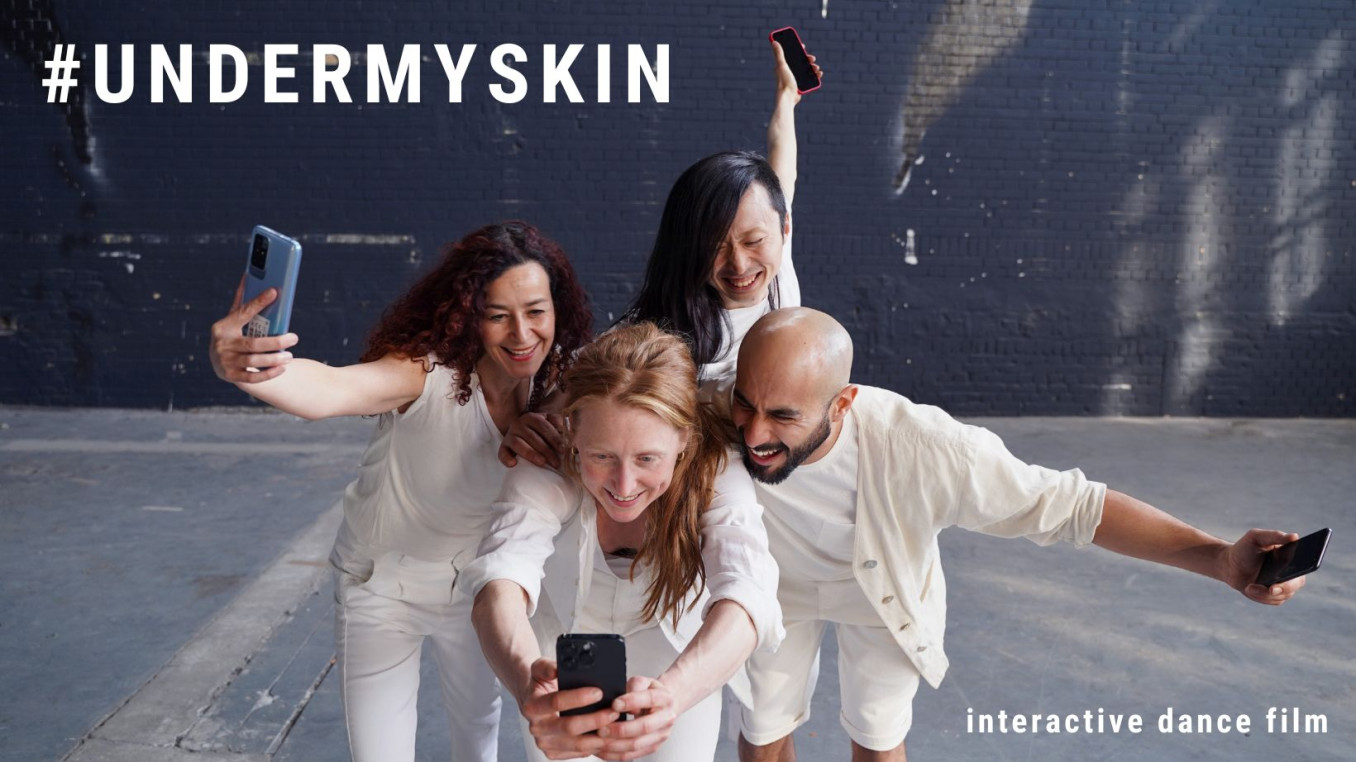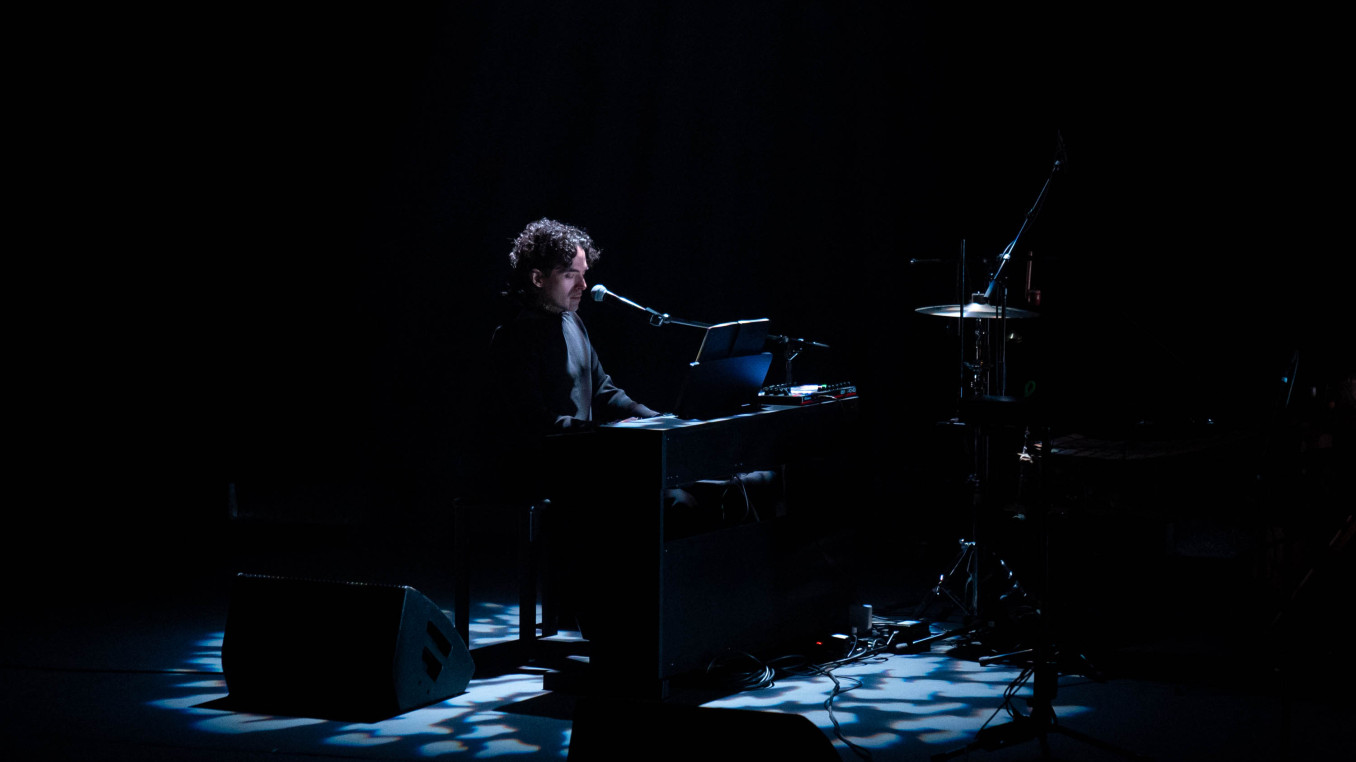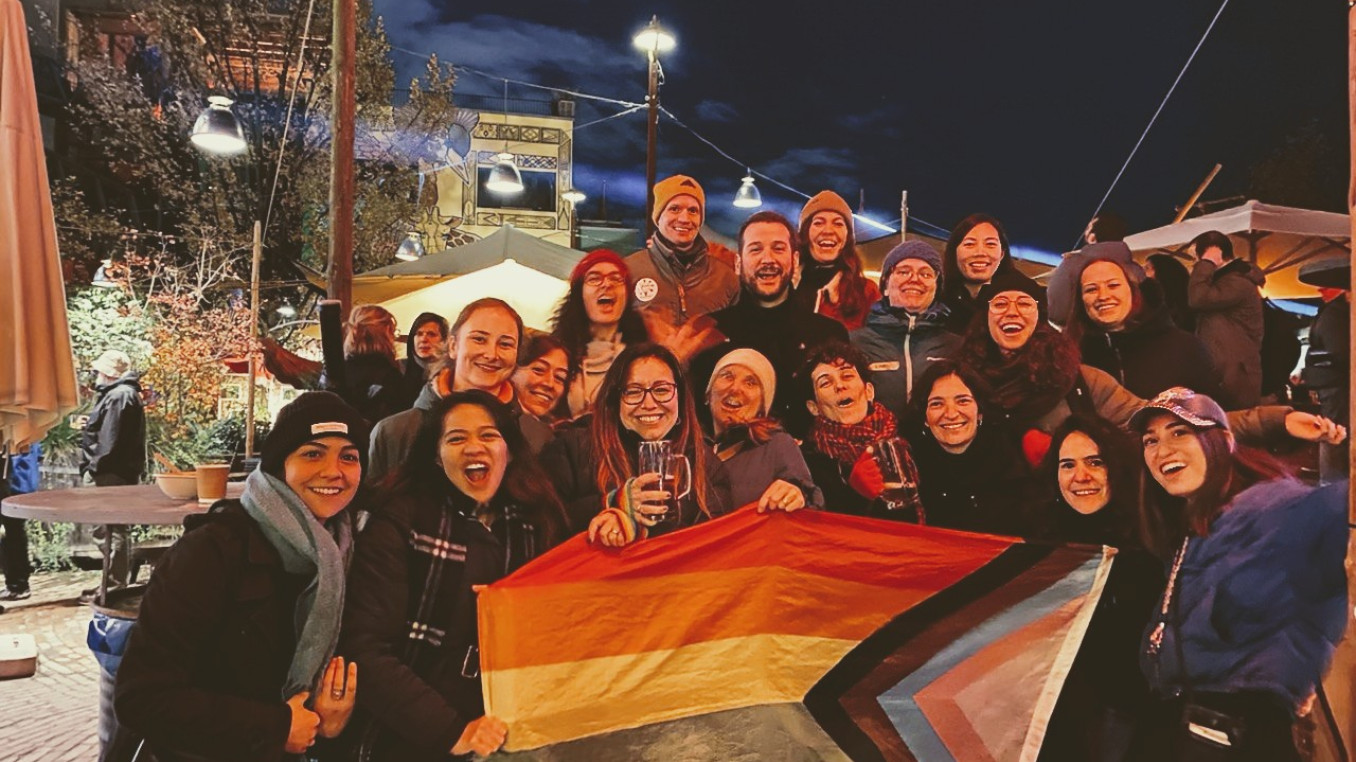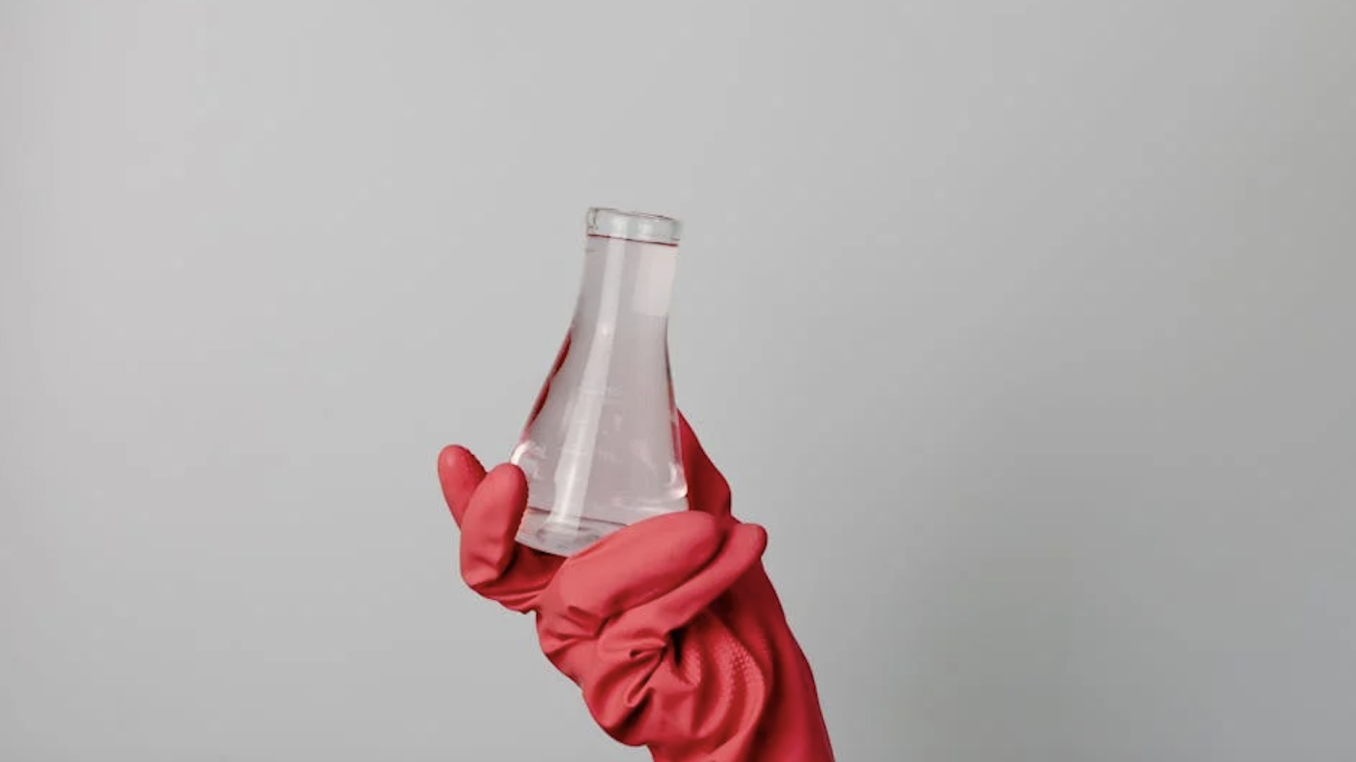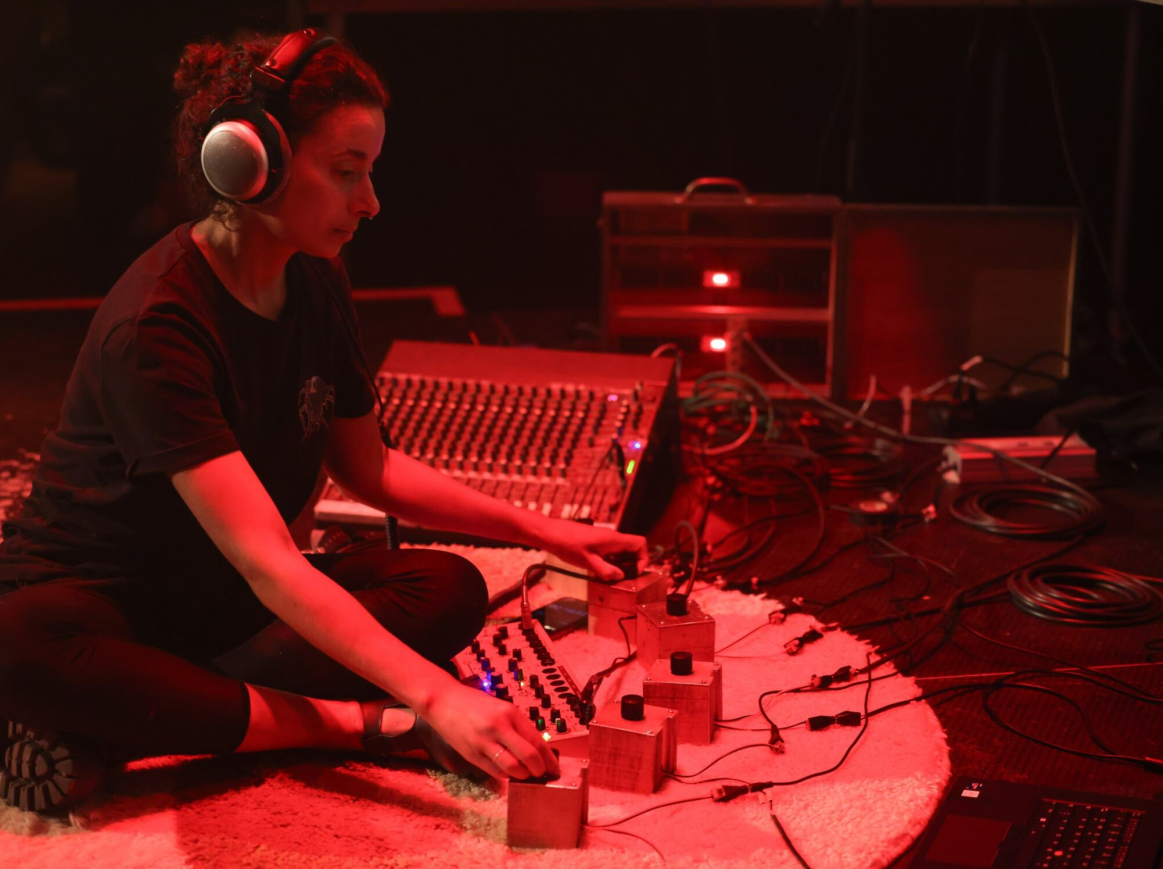

SCIENCE & CULTURE FORUM
Located in the iconic Holzmarkt 25, the Science & Culture FORUM will explore the common ground between art and science and illuminate the power of interdisciplinary collaboration to create new ways of understanding.
Between 3 - 10 November 2024, we will open our Tiny Galleries to explore big ideas, host our inaugural Art & Science Conference to bring professionals together, and offer an eclectic programme of events that bring science to life through artistic expression and exploration. To bring our festival to a joyous close, we invite you to join our grand Closing Party with Science of Rave and the Djs Niconé and Kristina Sheli.
In addition, our partners INAM will bring industry leaders and startups together to explore tools for reducing CO2 and waste on 5 November, while the University of Potsdam will highlight how digital technologies are transforming education on 7 November.
Due to the diverse programme spread over several days, there is no single ticket. Please check each event listing to see whether a reservation or ticket is needed. Apart from evening events, everything is free!
TINY GALLERIES
Explore the five Tiny Galleries at Holzmarkt 25, where science and art converge. From particle physics and quantum technologies to Berlin’s brightest lights and the question: Can breaking the rules lead to scientific breakthroughs? Open on 03 November from 14:00-19:00, and from 08-10 November, 12:00-20:00 (Friday 16:00-20:00).
Visualising the Invisible: A Multisensory Voyage through Particle Physics, Exploring the Fabric of the Cosmos
The Tiny Gallery merges the realms of particle physics with the arts, creating a multisensory exploration of the universe's most fundamental elements. Hosted in the context of CERN, the world's leading particle physics laboratory, this exhibit invites visitors to experience how artists and scientists collaborate to depict invisible particles and forces that compose our universe.
The Brightest Light of Berlin
Materials shape our world, surround us, and enable us to live in ever greater comfort. Humanity's knowledge has also travelled through time on material carriers, from the Nebra Sky Disc to ancient parchments and modern data storage devices. Today, materials research is tackling new questions, using Berlin's synchrotron light source, BESSY II, to investigate them. It produces light that is even brighter than the Sun.
What happens inside solar cells, batteries, or catalysts? Why do some materials perform exceptionally well while others fail entirely? The scientists at Helmholtz Zentrum Berlin use this special light of BESSY II to uncover the answers. But also researches from around the globe come to Berlin to observe the chemical and physical processes occurring inside and on the surfaces of new, often complex materials, and learn how to precisely control them. At BESSY II, we are developing environmentally friendly and efficient technologies for a more sustainable future.
We invite you to visit the Helmholtz Zentrum's installation during Berlin Science Week and discover the diverse research opportunities that Bessy II offers.
SONIC DIVE: FRESHWATER DISCO
Welcome to the FRESHWATER DISCO time machine! Like the intrepid pioneers who first explored the depths of the ocean, you'll enter this cabin and embark on a sonic journey through time, surrounded by the sounds of the underwater world. In this unique setting, you will feel as if you are immersed not in the sea, but in the water column of the Spree River. Choose between three very different time periods revealed by the different soundscapes: the quiet, peaceful and serene underwater world of the past; the noisy waters of today, where man-made sounds clash with the balance of nature; or tune into the future, with a speculative future shaped by AI. This interactive installation invites you to reflect on the impact of human activity on the aquatic environment, while immersing yourself in the unseen rhythms of underwater life. It's not just a cabin – it's your portal to the soundscapes and rhythms of the freshwater world! FRESHWATER DISCO is hosted by Teledisko during Berlin Science Week.
Quantumland inc.
What do scientists have in mind? You might imagine their heads filled with blurry assumptions, complex theories, vibrant simulations, and wild experiments, all leading to results over time. But perhaps what you’d actually find is a flock of birds, flying objects, swirls, and colors that seem nonsensical at first—until they eventually transform into the tiniest insights, enabling small but crucial steps towards a deeper understanding of our world. At the intersection of art and science, a team of four dedicated quantum computing scientists invites you to step into their world—a surreal landscape where anything is possible.
Science Punks: Can Breaking the Rules Lead to Scientific Breakthroughs?
What is Science Punk? Scientists are often bound by rules, protocols, and expectations—but what if they weren't? We asked researchers: What one experiment would you conduct if you had unlimited resources? Their answers are revealed in short films showcasing the intersection of punk attitude and scientific discovery. These films dive deep into uncharted ideas and daring innovations—highlighting how creativity drives science forward.
Cast your vote: Watch the films at Berlin Science Week's Holzmarkt Tiny Gallery and cast your vote for the most innovative experiment. You can also experience the videos virtually through the BSW social media channels.
Don’t miss: The films will be complemented by a special reading event with Rocko Schamoni, musician, author, and actor, as he explores the punk spirit of rule-breaking. An engaging panel discussion on the ties between artistic creativity and scientific discovery will follow.
School of Not-knowing: the Cosmic Dancer
There are so many things we do not know about the Universe! What is the dark energy - the largest constituent of our Universe - made of? What is space-time? Where do the different comic particles come from? What is life? Does it exist outside of Earth? How can we use the Earth’s resources in a more sustainable way? Entangled in the cosmic dance of creation and dissolution we are trying to answer these questions, but it seems every answer points us to new unknowns.
To learn the steps, we have to stay curious and keep asking. The intersection of new media arts and science opens up innovative pathways for interpreting and presenting scientific research. Connecting the design students from PJAIT with scientists, we explored the open questions in astrophysics and ecology. By employing generative design, the students have crafted dynamic VR representations of astrophysical phenomena, offering viewers an immersive experience that bridges the gap between abstract scientific theories and tangible visual understanding.
We’d like to invite you to explore the results of this collaboration, meet and discuss with the people involved and try out our interactive generative design set up by yourself.



